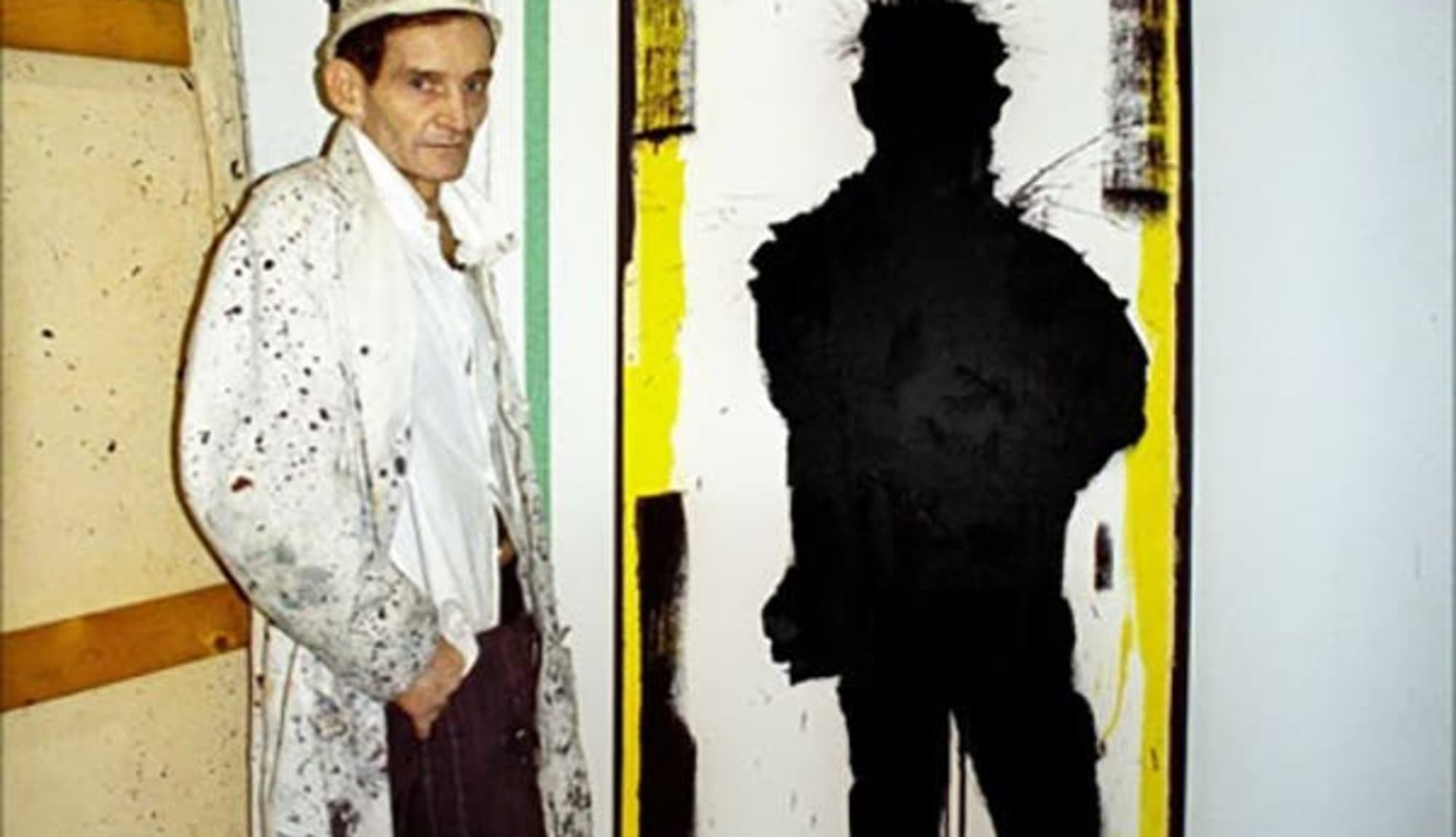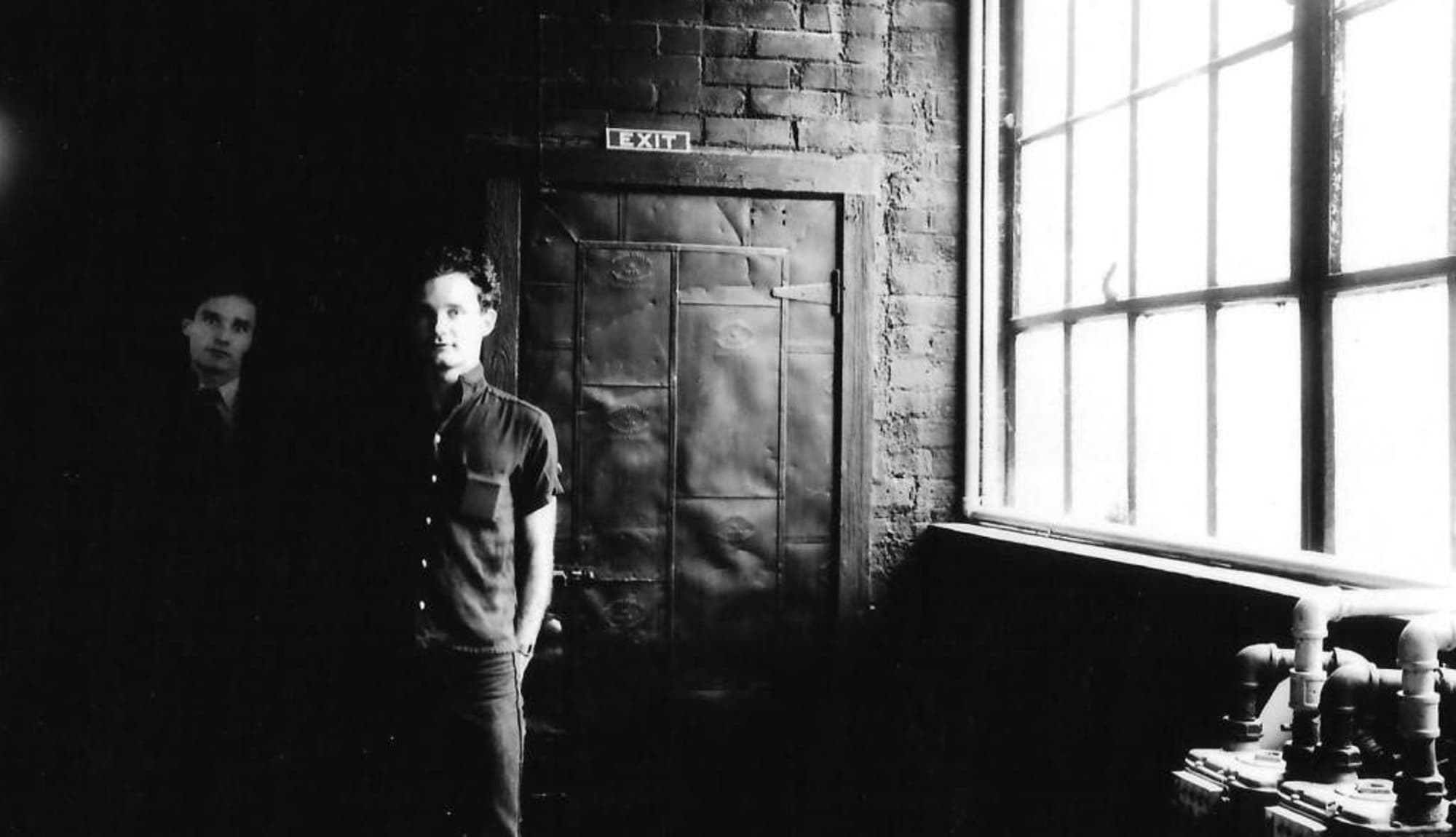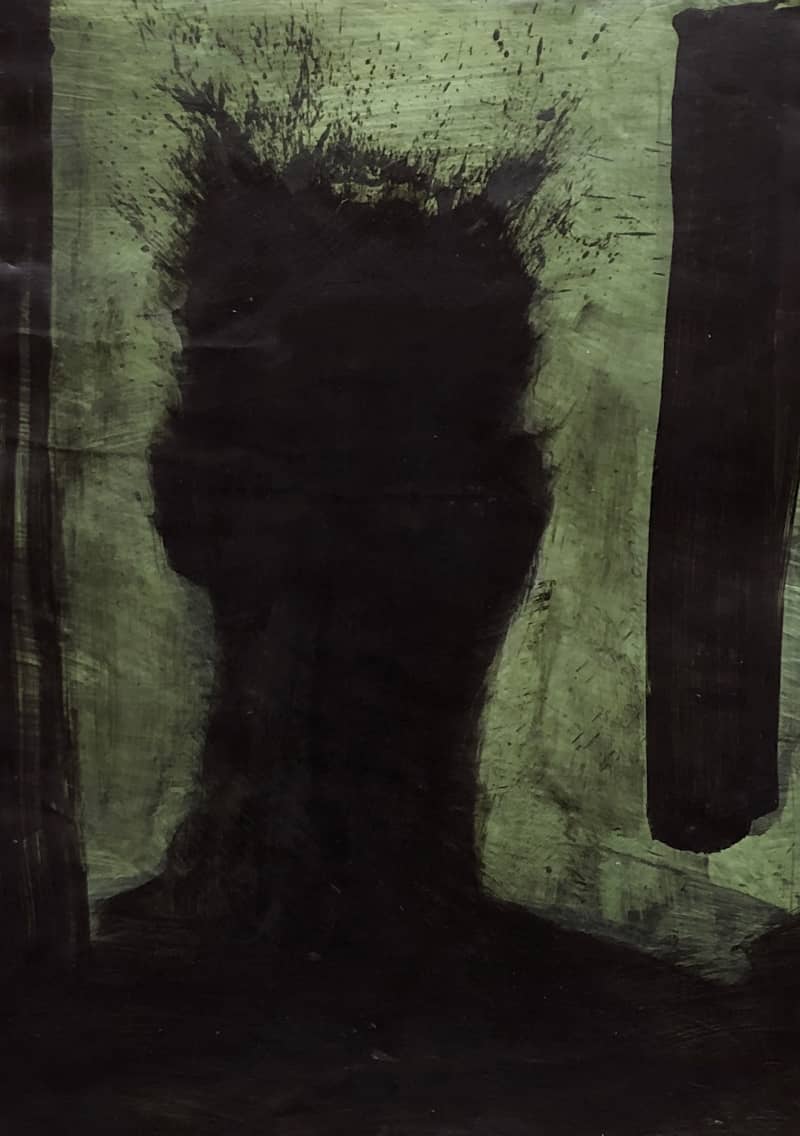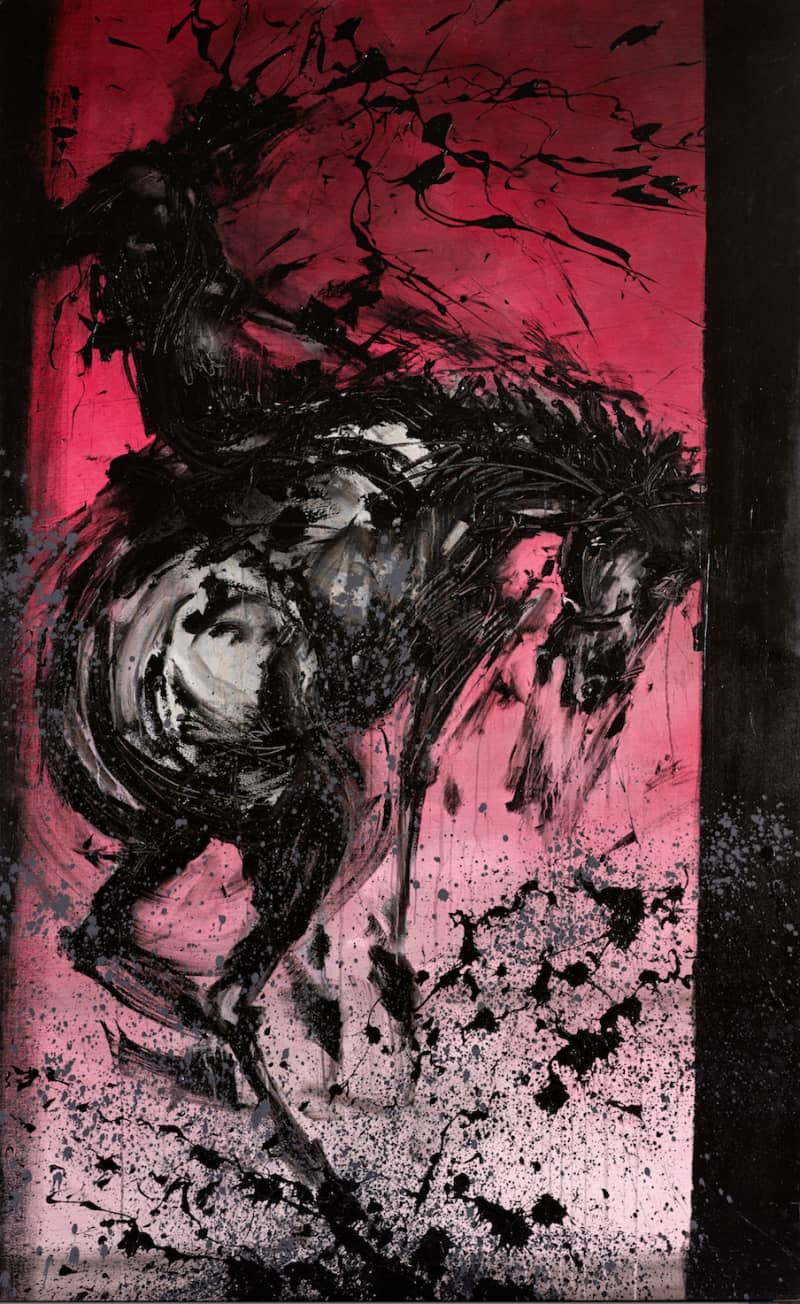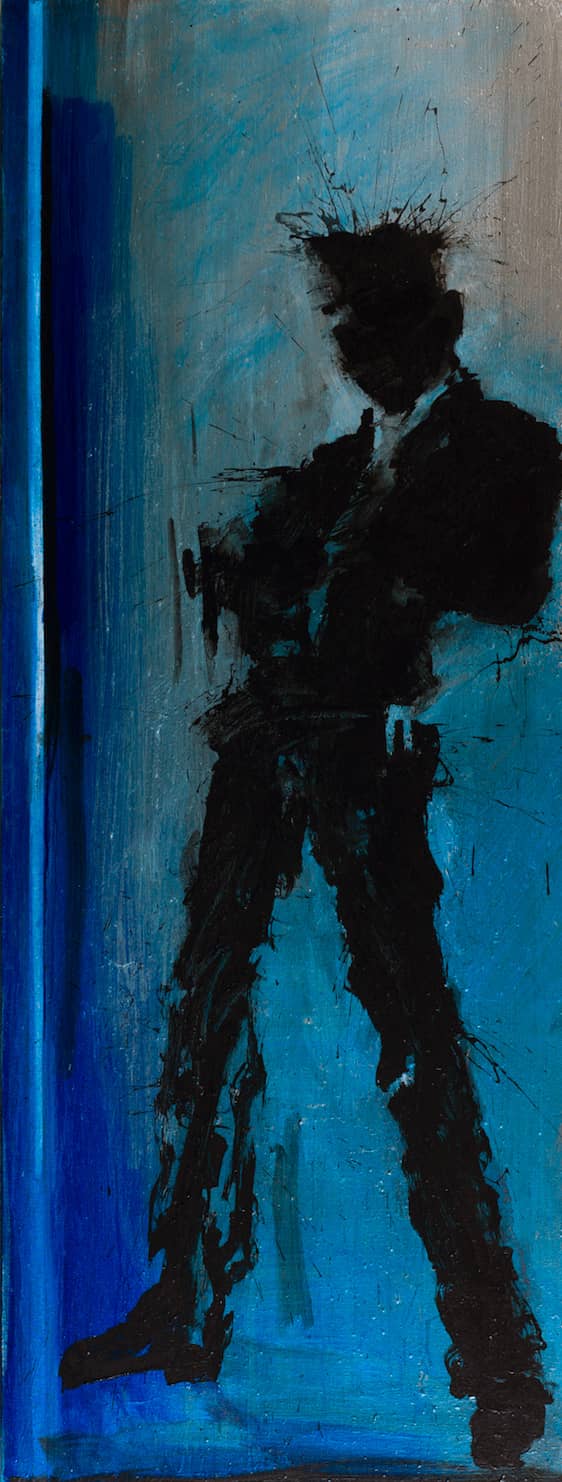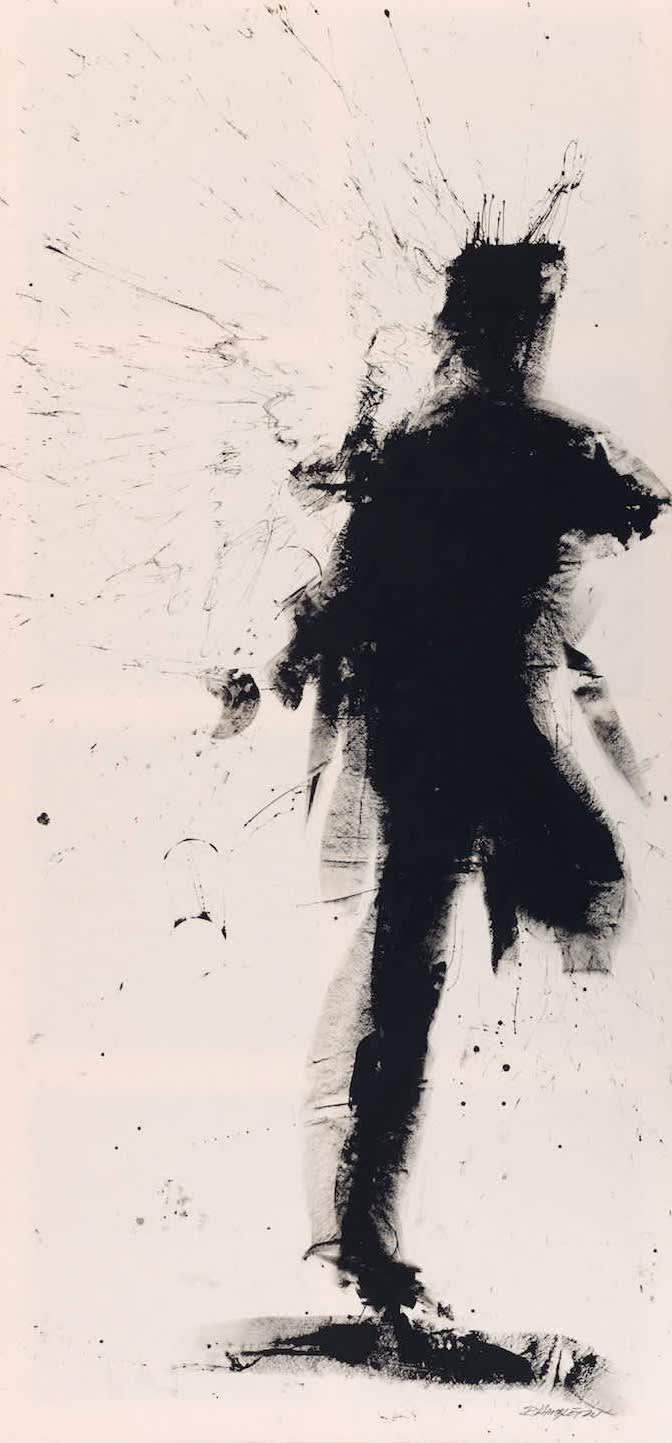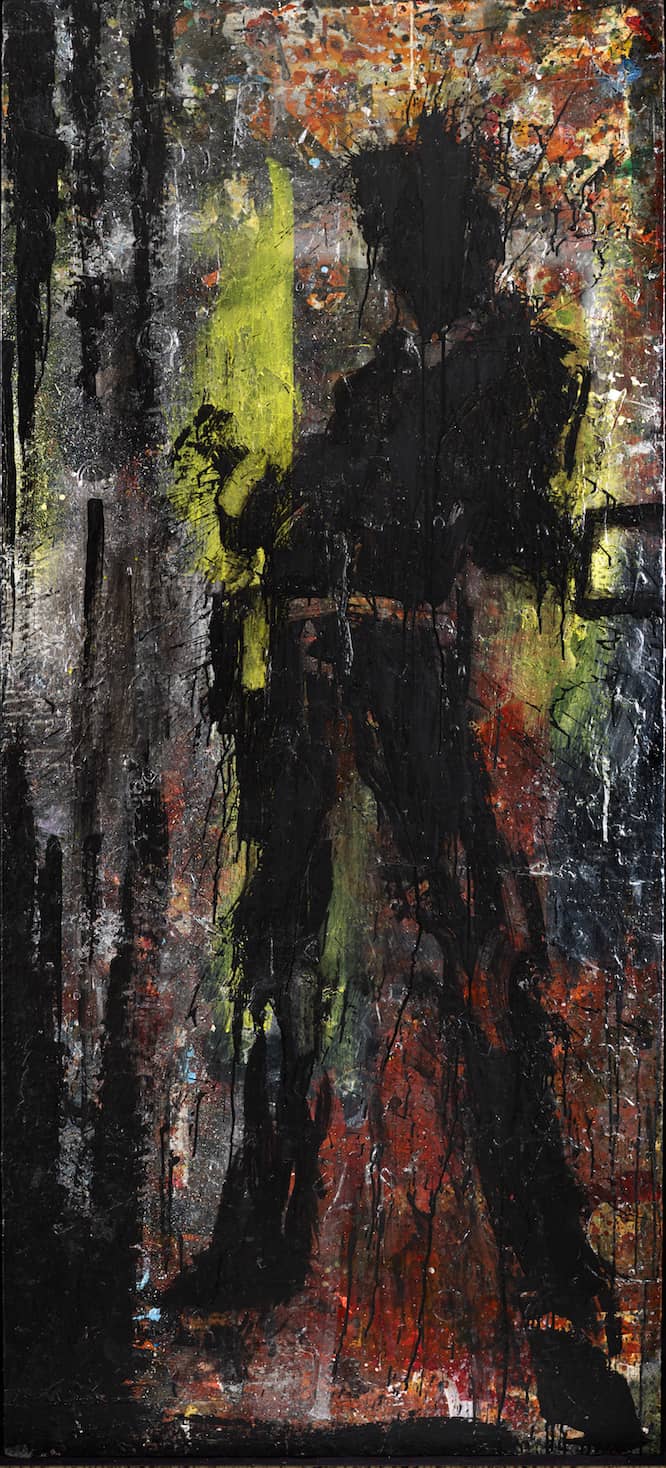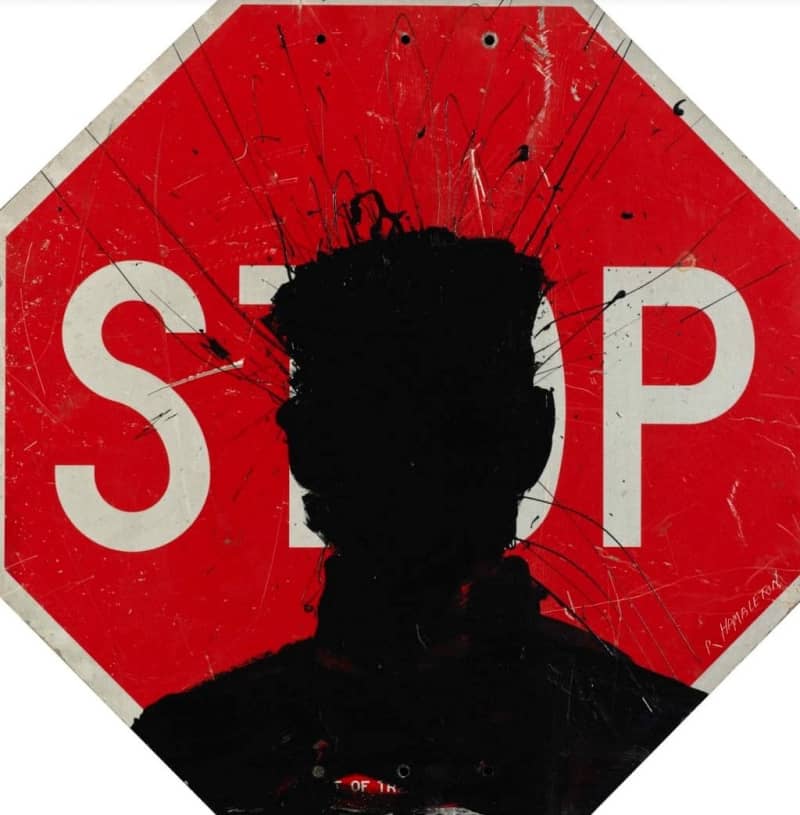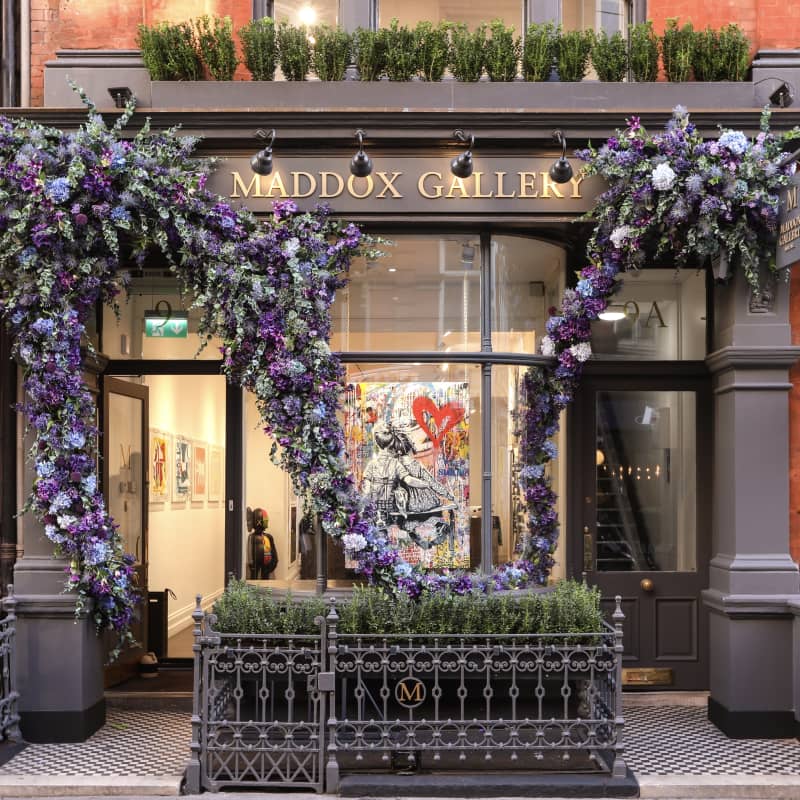Richard Hambleton
Biography
“I painted the town black. They could represent watchmen or danger or the shadows of a human body after a nuclear holocaust or even my own shadow”.
Often called the ‘Godfather of street art’, Canadian-born Richard Hambleton was a prolific graffiti artist and influential member of the street art scene in New York in the 1980s with peers such as Keith Haring and Jean-Michel Basquiat. Though his influence on the legacy of street art is undeniable today, Hambleton had a famously fluctuating career, with his oeuvre re-gaining considerable recognition after his death. He is best known for the recurring visual motif of the Shadowman, an ominous life-sized black silhouette. Both a graffiti and commercial artist, he exhibited at numerous prestigious galleries and events like the Venice Biennale before sadly passing away due to cancer in 2017.
Born in 1952 in Vancouver, Richard Hambleton studied at the Vancouver School of Art before creating his first significant series, the Image Mass Murder works in 1976. These powerful graffiti paintings imitated the chalk outlines of victims’ bodies drawn by police during investigations and gained Hambleton the recognition both of the mainstream press and the art world.
He travelled to New York in 1979, where he met pioneers like Keith Haring and Jean-Michel Basquiat. His famous Shadowman works started popping up across the streets of New York, in the shape of an all-black human silhouette as a reminder of the rising crime rates in the city. These quickly spread onto the pages of local and international newspapers, putting Hambleton on the map as one of the leading voices of street art. He continued his Shadowman series across European cities such as Venice, Berlin and Paris, including 17 black silhouettes painted onto the Berlin Wall.
Alongside his public works, he also started producing paintings in the studio and showing more commercially. A new variation on his iconic character depicted on his canvases was the Marlboro Man, a similar shadowy figure on a horse. Hambleton’s commercial success was marked by fashion collaborations by the likes of Vivienne Westwood and Malcolm McLaren in 1983, which used his signature imagery for their collections. These years saw the peak of Hambleton’s career. He was included in the prestigious Venice Biennale in 1984 and 1988.
The artist gradually withdrew himself from the public eye and the art world alike around the 1990s, shaken by the death of his peers, Haring and Basquiat, as well as struggling with drug addiction. He emerged with a new set of paintings called Beautiful Paintings (2007), which used bright colours and abstract painterly brushstrokes. Their reception by the New York art scene was rather negative and led him to sink into obscurity. In 2009, a notable exhibition Richard Hambleton – New York in collaboration with Giorgio Armani spanned over his entire career and included his Shadowman and Marlboro Man works, touring internationally. Other exhibitions include Art in the Streets at MoCA, Los Angeles (2011), Richard Hambleton: I Only Have Eyes For You at Woodward Gallery in New York and Richard Hambleton | Shadowman at Chase Contemporary in New York.
Hambleton’s oeuvre received renewed attention after his death in 2017, through the documentary Shadowman, which premiered at the Tribeca Film Festival in the same year. This saw a critical rise in his market prices and the curatorial interest in his work, causing his pieces to claim record auction results within months. His paintings are included in the collections of prominent institutions such as the Andy Warhol Museum, the New Museum of Contemporary Art, the Brooklyn Museum, and Queens Museum in the United States, and the Checkpoint Charlie Museum in Berlin. As the ‘Godfather of street art’, Hambleton’s lasting influence on the world of street art, as well as the power of his symbolic imagery and activism resonate with a newfound force today.
